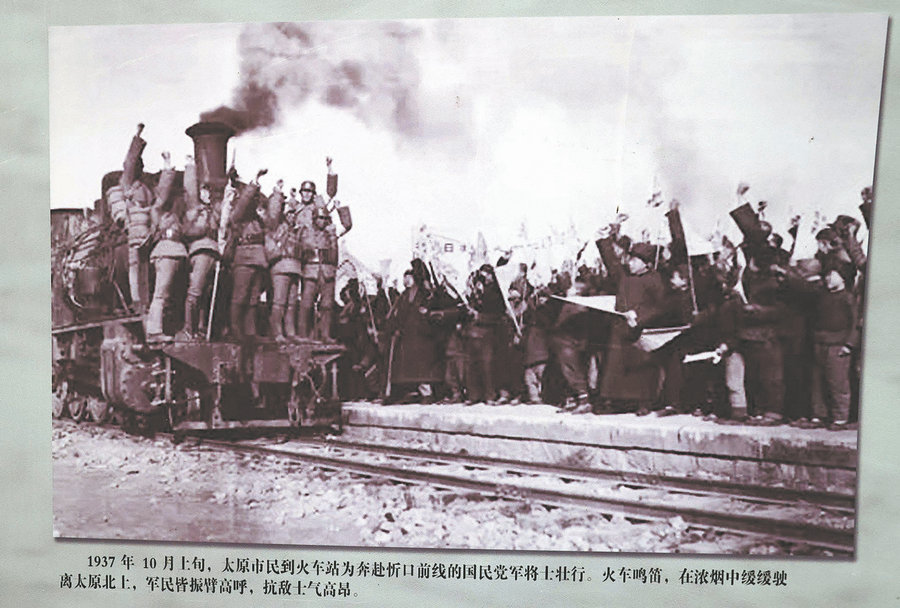A history of resistance
Battle site set to burnish its revolutionary credentials by recounting the events more succinctly, report Wang Qian and Zhu Xingxin in Xinzhou, Shanxi.


Located between the Taihang and Lyuliang mountains on a crucial route where railways, highways and rivers converge, Xinkou is the gateway from northern Shanxi to Taiyuan, and according to Zhao, was the last line of defense in protecting the provincial capital.
In early October 1937, Japanese forces under Commander Seishiro Itagaki swept southward from Daixian county in Xinzhou, attacking Yuanping and Xinkou with the aim of pushing straight toward Taiyuan. What followed was the largest defensive battle led by the Chinese army on the North China battlefield during the War of Resistance. As Kuomintang commander Wei Lihuang led frontal defenses, CPC leader Zhu De coordinated guerrilla strikes behind enemy lines.
From mobilization to decision-making and command, every major strategic deployment and tactical execution was carefully coordinated, both at the front and behind enemy lines. This ensured close cooperation between different military units, and between the frontal battlefield and guerrilla fighters, which paved the way for the heroic, monumental struggle against the Japanese invaders.
























